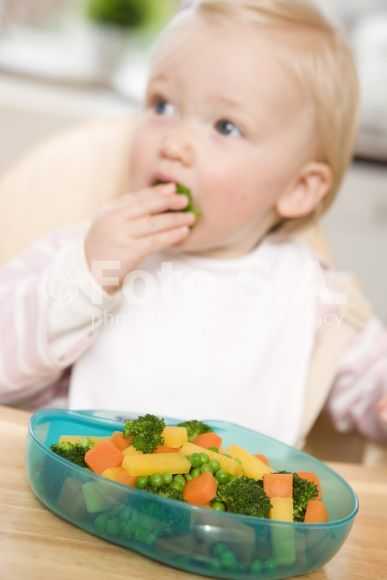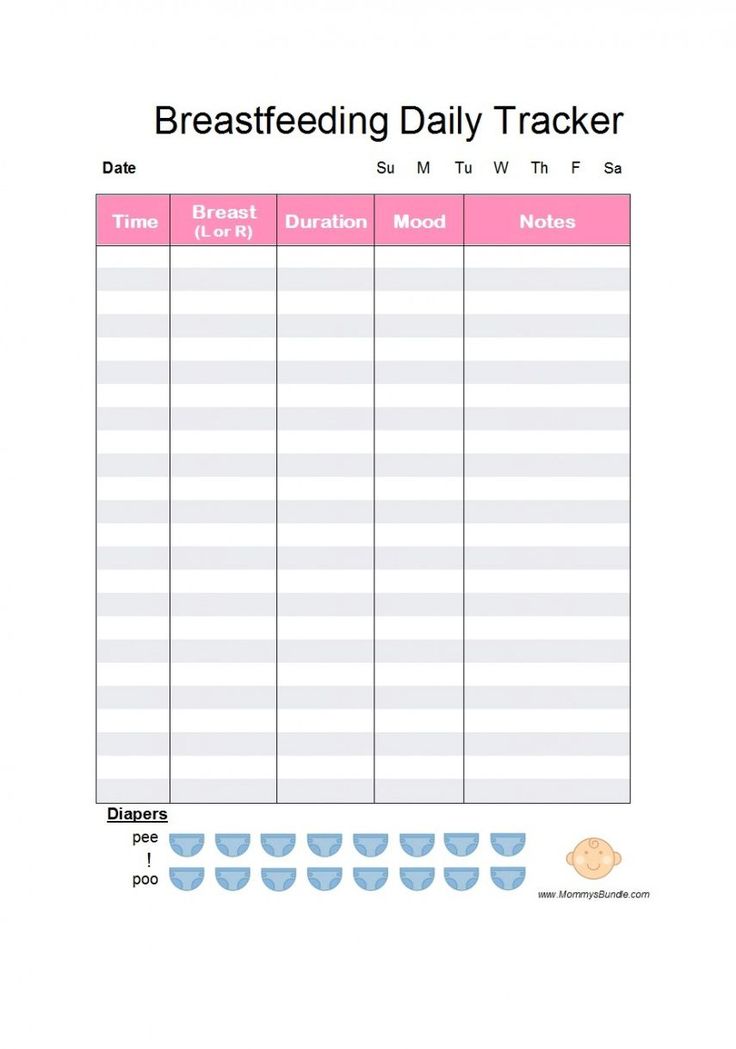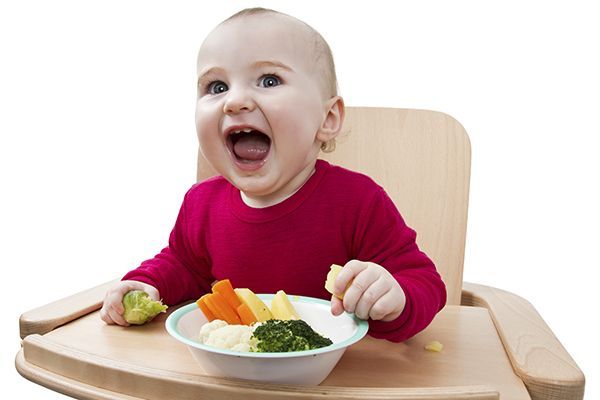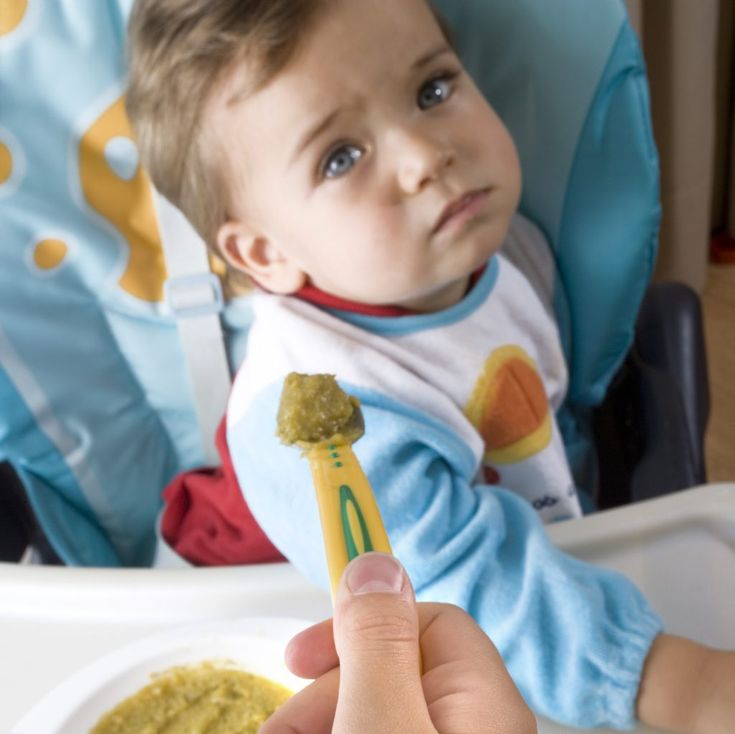What is best food for baby
Best Foods for Baby (and What to Avoid)
When it comes to feeding baby, there’s no “Top 10” list of superfoods for you to print out, stick on the fridge and follow to a tee. (Sorry!) In fact, experts agree that limiting your little one to only a few “best” foods in their first year (or any year, for that matter) would actually do them a disservice. “The first year of life is when the palate is trained,” says Tina Ruggiero, MS, RD, LD, coauthor of The Best Homemade Baby Food on the Planet. “The three rules I tell my clients to follow are: Go for color, think fresh and introduce new flavors and different textures at age-appropriate stages. Following these guidelines, parents will find more than 10 fruits, more than 10 vegetables and more than 10 proteins to try.” And while you’ll also want to talk with baby’s pediatrician for guidance, adding the following great options to baby’s diet—and avoiding a couple first-year no-no foods—will get your kiddo off to a healthy start.
Breast Milk
If you’ve been breastfeeding baby, know that just because your little one is now ready to start solids doesn’t mean you should stop nursing. After all, the American Academy of Pediatrics (AAP) recommends exclusive breastfeeding for about six months, and then continuing to breastfeed along with giving solids until baby is 12 months old—or longer, if it works for both mom and baby. “The very best food for the first year is breast milk,” says Loraine Stern, MD, FAAP, coauthor of the book Nutrition: What Every Parent Needs to Know. If you’re using formula, continue until baby is 12 months old or until your pediatrician gives the okay to stop.
Best age for breast milk: Birth and older
Iron-Fortified Cereal
Baby is born with a natural supply of iron, but it’ll be depleted by the time they’re around 6 months old, Stern says, so introducing iron-rich foods is essential. One that fits the bill: Iron-fortified cereal. It doesn’t have to be the traditional first food of rice cereal—oatmeal and barley are good options too—just make sure you start with a single-grain formula.
Best age for iron-fortified cereal: 4 to 6 months and older
Avocados
Avocados are a great first fruit to offer baby, because they’re loaded with monounsaturated fats (that’s the good kind!) and have a mild taste and smooth consistency. They’re super-easy to prepare too: Simply mash a very ripe avocado with a little breast milk or formula until it reaches a pureed consistency.
Best age for avocados: 6 months and older
Sweet Potatoes
Okay, so there’s no baby superfood—but sweet potatoes come pretty close. According to Ruggiero, they’re one of the most nutritious foods for baby. Why? They’re rich in beta-carotene, which the body converts to vitamin A—and that’s important for good vision, healthy skin, normal growth and protection from infections. Plus, many babies like the soft, pudding-like texture of pureed sweet potatoes, says Susan Casey, RD, CD, pediatric clinical dietitian at Seattle Children’s Hospital.
Best age for sweet potatoes: 6 months and older
Meat—like chicken, lamb or beef—is an excellent source of protein, as well as iron, riboflavin, niacin, vitamin B6 and zinc. Just make sure it’s pureed to a smooth texture. (According to Nutrition, for infants, “even finely chopped meat may be hard to handle and cause choking.”) Try mixing the pureed meat with breast milk and a favorite veggie puree if you’re preparing it yourself, or buy plain pureed jarred meats.
Just make sure it’s pureed to a smooth texture. (According to Nutrition, for infants, “even finely chopped meat may be hard to handle and cause choking.”) Try mixing the pureed meat with breast milk and a favorite veggie puree if you’re preparing it yourself, or buy plain pureed jarred meats.
Best age for meat: 7 to 10 months and older
“Beets are an extraordinary nutrient source,” says Ruggiero. “They’re a good source of folic acid, high in potassium and beta-carotene, and they’re a sweet veggie—which babies take a liking to quickly.” Roast or steam them until they’re super-soft; then mash them.
Best age for beets: 11 months and older
Yogurt
Plain (not vanilla) whole-milk yogurt is another protein-rich option for baby—plus, it contains calcium and beneficial live active cultures. (Confused as to why yogurt made with cow’s milk is okay for babies, but actual cow’s milk isn’t? “Very simply, lactose is already broken down with the culturing of the yogurt, and milk proteins are either removed or limited, so it’s easy for baby to digest,” says Ruggiero.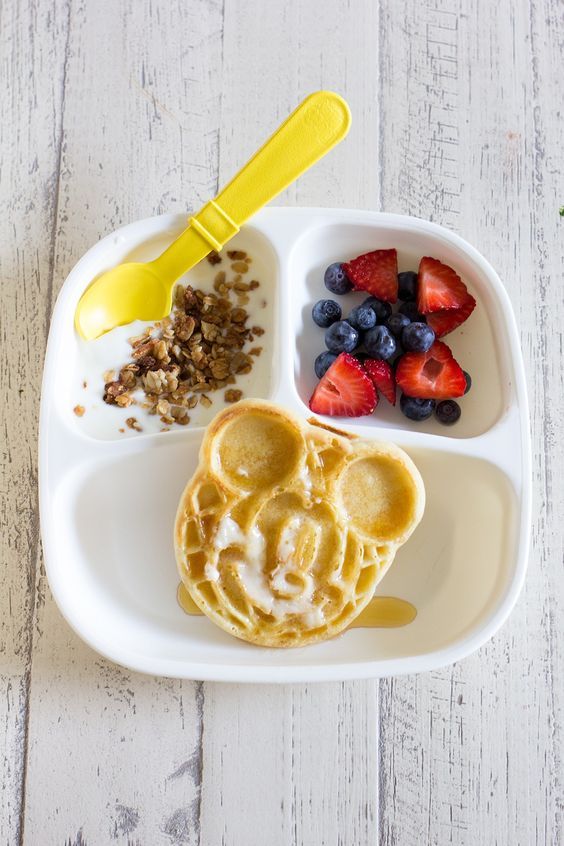 )
)
Best age for yogurt: 9 months and older
Cheerios
Believe it or not, many experts love good old-fashioned Cheerios. The little O’s in the yellow box are an excellent finger food and a good source of fiber. “I don’t think childhood would exist without Cheerios,” says Stern.
Best age for cheerios: 9 months and older
Check out The Bump’s Finger Foods chart:
Image: The Bump
Foods to Avoid Giving Babies
There’s a plethora of healthy options out there to feed baby–but there are some things you do want to avoid. Make sure anything you offer your little one isn’t a choking hazard, and hold off on the following items:
Honey
Tempted to sweeten up baby’s bland pear sauce with a touch of honey? Don’t. According to Nutrition, “Honey is linked to infant botulism, an illness that can be fatal.” The tummies of babies under age one simply can’t deactivate the botulism spores that might be in honey, Stern says. So avoid this food until baby has passed their first birthday.
So avoid this food until baby has passed their first birthday.
Cow’s Milk
Babies can’t easily digest cow’s milk, which is one reason why experts recommend waiting until the one-year mark before offering it.
Please note: The Bump and the materials and information it contains are not intended to, and do not constitute, medical or other health advice or diagnosis and should not be used as such. You should always consult with a qualified physician or health professional about your specific circumstances.
Plus, more from The Bump:
Dig In! A Guide to Starting Solids
A Fool-Proof Guide to Making Baby Food
The Best Finger Foods for Baby
Baby's first foods: The 10 best foods for babies
These 10 first foods are ideal for your baby because they're full of essential nutrients, reasonably priced, easy to prepare, and delicious. Avocados contain healthy fats, while bananas are loaded with potassium. Blueberries are bursting with antioxidants, whereas broccoli offers fiber and folate. Both lentils and meat are packed with protein. Prunes can help with constipation, and yogurt helps form healthy bones and teeth. Sweet potatoes and winter squash are great sources of beta-carotene and vitamin C.
Both lentils and meat are packed with protein. Prunes can help with constipation, and yogurt helps form healthy bones and teeth. Sweet potatoes and winter squash are great sources of beta-carotene and vitamin C.
According to the American Academy of Pediatrics, it's important to offer your baby a variety of healthy foods. There are lots of healthy, baby-friendly foods out there, but these 10 recommended by doctors and dietitians alike stand out from the pack. From vitamin-rich fruits and veggies to meats and beans loaded with protein, these superfoods are full of essential nutrients, reasonably priced, easy to prepare, and delicious.
Many are also favorite first foods. Before introducing solids, talk to the doctor about your baby's readiness for solids, and which foods to introduce and when. Then introduce foods one at a time, waiting at least three days after each new food to watch for any allergic reaction.
Avocados
BabyCenter parents are all about avocado as a first food.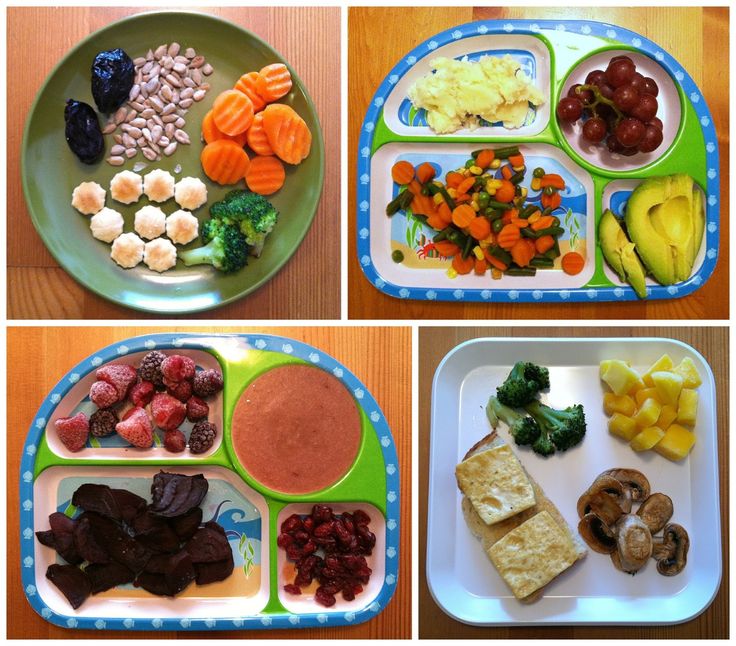 This buttery fruit-vegetable is rich in healthy unsaturated fats that help boost brain development. In fact, the fat composition of avocados is somewhat similar to that of breast milk.
This buttery fruit-vegetable is rich in healthy unsaturated fats that help boost brain development. In fact, the fat composition of avocados is somewhat similar to that of breast milk.
Serving ideas: Mash avocado with a fork, or make baby guacamole.
Bananas
Known as a good source of potassium, this grab-and-go fruit also contains vitamins B6 and C, fiber, and magnesium.
Serving ideas: Make banana and mango puree. Or, for your little one's first smoothie, puree banana and peach chunks with whole-milk yogurt.
Blueberries
Blueberries are bursting with antioxidants. The deep, brilliant blue of these berries comes from flavonoids that benefit your baby's eyes, brain, and even urinary tract.
Serving ideas: Blend or mash blueberries well and swirl a spoonful of the juicy purple puree into yogurt, or top silky coconut milk rice pudding with blueberry compote.
Broccoli
This cruciferous vegetable is a rich source of essential nutrients, including fiber, folate, and calcium.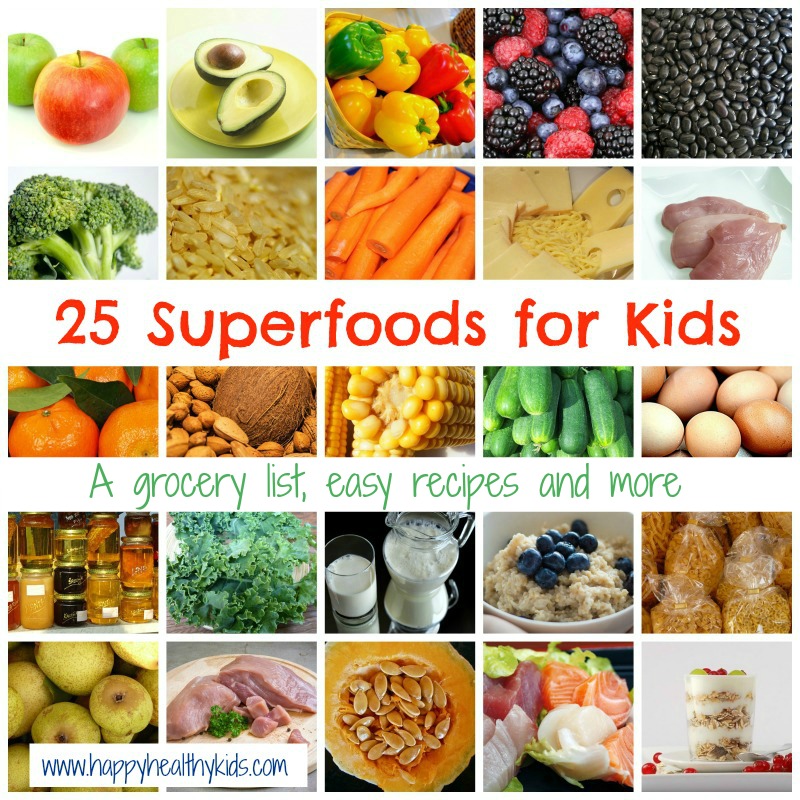 Introduce your baby to broccoli's bold flavor early, and you'll be expanding their tastes and encouraging a lifelong love of green vegetables.
Introduce your baby to broccoli's bold flavor early, and you'll be expanding their tastes and encouraging a lifelong love of green vegetables.
Serving idea: Steam until soft, cut into pieces small enough for your child to eat safely, and then chill. Steaming takes the bite out of broccoli, and some babies prefer the texture and taste when it's cold.
Lentils
Beans and other legumes pack lots of lean protein and fiber. But unlike larger beans, little lentils simmer into a pleasing mush just right for baby bites. They're also one of the cheapest healthy foods you can buy.
Serving ideas: Cook finely diced carrots along with the lentils. As your baby gets older, double up on nutrient-rich foods by making lentil and spinach stew.
Meat
Lack of iron can cause anemia. The American Academy of Pediatrics recommends meat as a first food because it's such a great source of protein, zinc, and iron, especially red meat and dark poultry meat. Plus, babies absorb iron more easily from meat than from iron-fortified cereals, another common first food.
Serving ideas: If your baby is new to solids, try our easy turkey or chicken puree recipe. As they get older, introduce new flavors with chicken curry with green beans and zucchini or shepherd's pie.
Prunes
Whether you call them "prunes" or "dried plums," these humble fruits don't sound glamorous – but they're soft, sweet, and full of fiber. Your baby may suffer from constipation when switching to solids, as it's a big change for their system. Add pureed prunes to your baby's diet to aid digestion and keep things moving.
Serving ideas: Serve pureed prunes alone or mixed with other foods, such as oatmeal, cereal, or applesauce, for a naturally sweet treat.
Sweet potatoes
Sweet potatoes are one of the more popular first foods for babies, who tend to like both their sweetness and texture. These colorful root vegetables are packed with beta-carotene, vitamin C, and minerals, including iron and copper.
Serving ideas: Serve sweet potato puree alone or swirled into pureed chicken or turkey.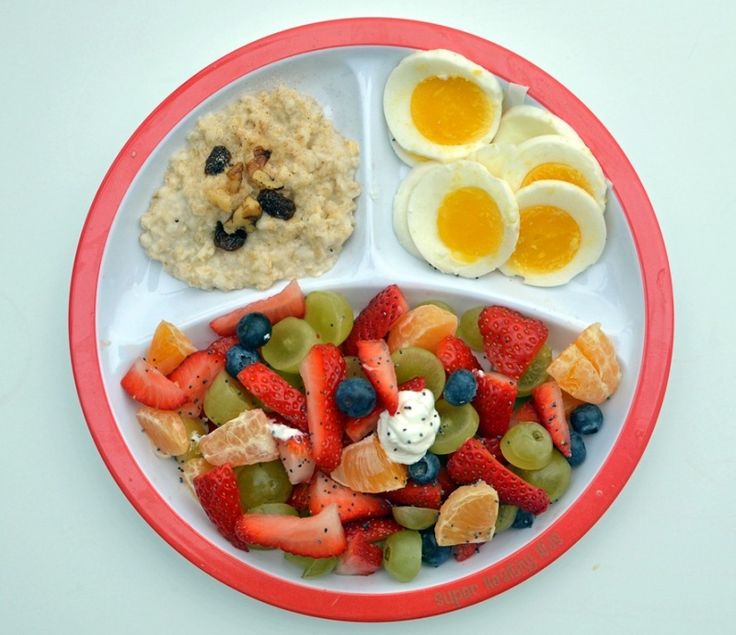
Winter squash
Orange- or yellow-fleshed hard winter squashes such as butternut, acorn, and pumpkin boast many benefits, one of which is they're exceptionally rich in beta-carotene, recognized for being great for eyes. Squash is also an excellent source of vitamin C. Natural sweetness and a creamy texture add to the appeal of winter varieties.
Serving ideas: Roast a winter squash like butternut, scoop out the flesh, and puree it for an easy first food. As your baby gets older, introduce new flavors and textures with dishes like smashed chickpea and butternut chili.
Yogurt
Creamy yogurt is rich in calcium and vitamin D, necessary for healthy bones and teeth. Your baby can have it at 4 to 6 months, long before they'll be ready for cow's milk.
Opt for plain yogurt with no added sugar. Also look for a brand with the most live cultures, which help regulate the good bacteria in your baby's digestive tract. Make sure you pick up whole-milk yogurt – babies need the calories from fat.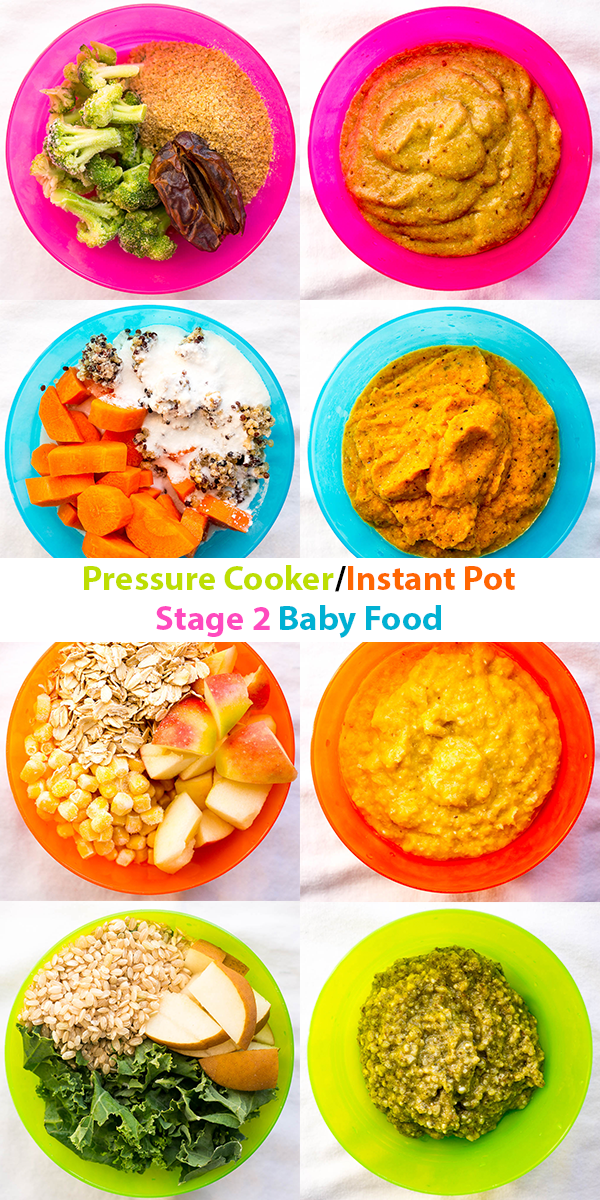
Serving ideas: Yogurt is fine on its own, or swirl in pureed berries or other fresh fruit, applesauce, or mashed avocado.
Note to mothers: useful products for the child
A growing child needs strength for the great discoveries that happen to him every day. In order for a child to grow up healthy and active, his diet must be varied and balanced. ELLE will tell you how to create the most useful children's menu.
A child's health depends on many factors, and nutrition, physical activity and a favorable environment play an important role in its development. Healthy foods for children contain a boost of vitamins and minerals necessary for active growth. Knowing the list of the most necessary products for the child, you can easily create a menu, each time offering the child a new tasty dish.
Intuitively and so it is clear what foods are good for children. The diet of children should be based on dairy products, cereals, vegetables, fruits, berries, greens, meat and fish, eggs, nuts. It is important that every day the child eats a variety of foods high in proteins, fats, vitamins and minerals.
It is important that every day the child eats a variety of foods high in proteins, fats, vitamins and minerals.
We start with breakfast, and there is no better dish than porridge for the first meal. Cereal cereals energize the body and give a feeling of satiety. The most useful cereals with a low glycemic index are rice, buckwheat, and wheat. These cereals are rich in vitamins A, B, C, D, E, saturated fatty acids. The complex carbohydrates in rice help to generate the energy that students need in the learning process. Buckwheat porridge is rich in vegetable proteins. The least useful porridge is semolina.
Another indispensable product for the full development of a child is a chicken egg. They contain a lot of animal protein, amino acids, vitamins A, D, B2. In the absence of individual intolerance, the child can eat eggs at least every day. Moreover, there are many recipes for cooking eggs that will not get bored day by day. Omelet, poached eggs, Benedict, egg in a toast, scrambled eggs, hard boiled or bagged - such a breakfast will be eaten in a minute by a little hero.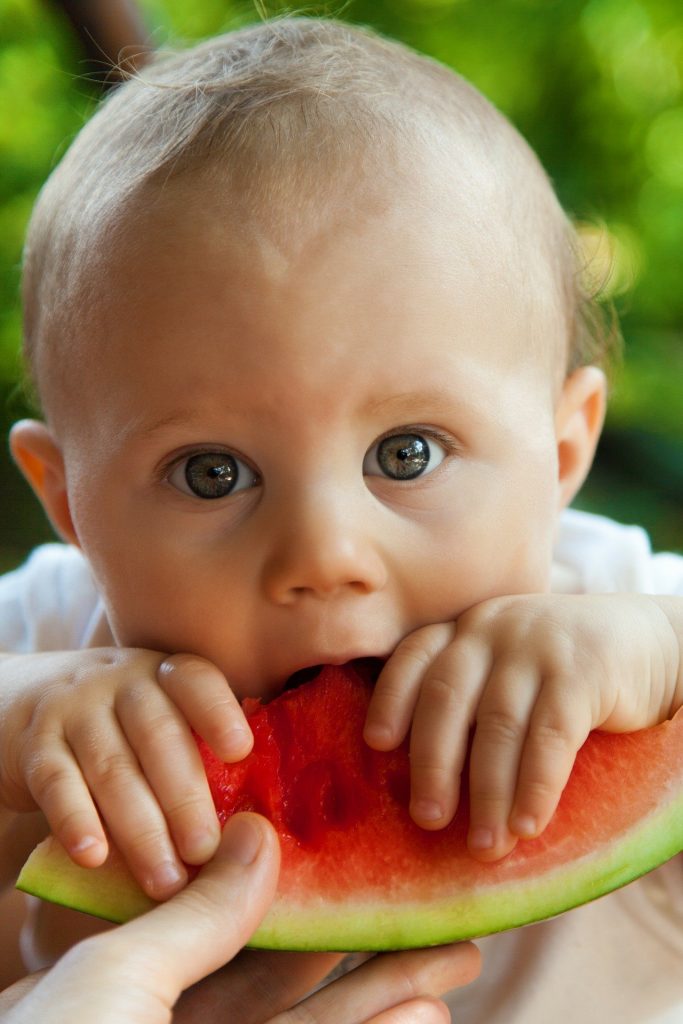
A fruit salad can be offered to a child for lunch. The composition of all fruits in different dosages includes vitamins and trace elements. It is believed that the body is better able to digest fruits and vegetables that are suitable for its place of birth and growth. In our country, the most useful fruits are apples, plums, pears, peaches, apricots, rich in vitamin A. This vitamin is important for the formation of hormones in a young body, improves visual acuity, helps improve the quality of skin, hair, strengthens bone tissue and teeth.
Citrus fruits contain a lot of vitamin B1, which is responsible for the body's metabolic processes. For the proper development of the nervous, cardiovascular and muscular systems and the prevention of beriberi, you need to eat at least 100 g of pineapple, kiwi, grapefruit per day. Children should eat fresh or frozen fruits. Canned fruits additionally contain sugar, which increases the calorie content of the dish, and all useful components, as a result of long-term storage, come to the child in a lower concentration.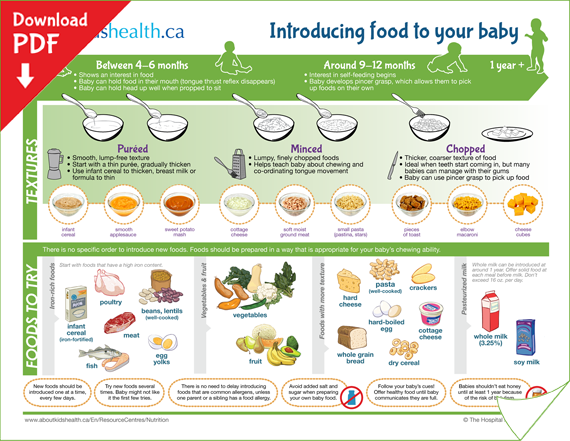 It is advisable to eat different fruits every day.
It is advisable to eat different fruits every day.
The child's lunch should be hearty, but moderate, and must include protein foods. If the child is not brought up in a vegetarian family, then for lunch he should be offered fish or a lean meat dish. Rabbit meat, turkey, veal are considered dietary. Dishes prepared from these types of meat and poultry are rich in protein, iron, zinc, vitamins B2 and B6. Steamed, boiled or stewed meat is better and faster absorbed by the body.
The healthiest foods for kids can be found in the fish section of the grocery store. Swedish scientists, using the example of the children of their country, proved to the whole world what the benefits of fish are for a young organism. According to their research, the content of fish in the children's diet improves the mental abilities of children by 2 times, in comparison with those who do not eat seafood.
Fish is rich in proteins, iron, polyunsaturated fatty acids, vitamin B12, fish dishes should be included in the child's diet at least once a week. The most useful varieties of fish for children are cod, pike perch, trout.
The most useful varieties of fish for children are cod, pike perch, trout.
Meat and fish dishes at lunchtime are best served with boiled side dishes - potatoes, buckwheat, rice, durum wheat pasta.
For an afternoon snack, offer your child a glass of milk or kefir, any dairy product. The norm of dairy products for a child is at least 500 ml of milk and 50 g of cottage cheese per day. You should choose products with low fat content, from 2.5 to 3.5% is suitable for milk, up to 9% for cottage cheese%. Healthy dairy foods for children contain calcium, the most important element for bone growth, animal fats and vitamins, as well as lactobacilli that are beneficial for the digestive system and intestinal tract.
For dinner, also prepare a meat or fish dish and vegetable salad for your child. Vegetables contain fiber, without which the full digestion of food is impossible. The most useful vegetables for a child are fresh or steamed. In this form, vegetables will retain most of the vitamins.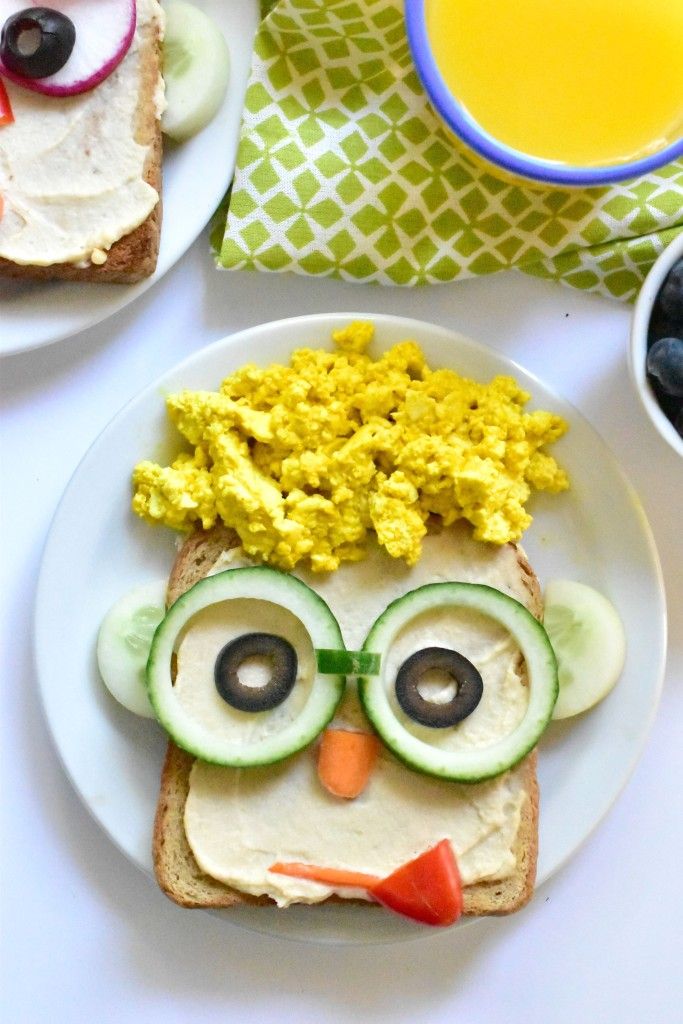
Smirnova Olga
Tags
- Children
- Healthy eating
- Health
Proper diet for teenagers: what and how to feed schoolchildren | 74.ru
All newsSubpoenas canceled, and senators were called to court: CBO news for October 31
MAXIM magazine chose the sexiest girl in the country. We look at the photo of the winner
In Chelyabinsk, the couple accidentally discovered a woman who had fallen into a well, she could no longer call for help
The Ministry of Defense reported that they would stop issuing summons for mobilization
What is known about the "digital" state contract, in which tens of millions were stolen in the Chelyabinsk region
The media reported on the hospitalization of ex-world chess champion Anatoly Karpov
Chelyabinsk residents complained about growth equipment prices mobilized. What the antimonopoly service found out
To be in time before the New Year: in which new buildings there is a chance to get a mortgage at reduced rates
Haven't spoken to each other for four and a half years: the sisters' mother Khachaturyan told for the first time how girls live
An ex-policeman from Chelyabinsk became a hairdresser and won the Russian championship. Look what he showed the jury
Look what he showed the jury
A young conscript from Kopeysk died, he left behind a wife with a baby
The Antimonopoly Service opened a case after spending 14 million on PR for the South Urals in Central Asia
“I am for the return of all of ours”: a designer from Lithuania sews feminine outfits, she is sure that soon everyone will throw out oversize
The Kremlin told whether there will be a presidential decree on the end of partial mobilization
In the Chelyabinsk region, the ex-head of the district, detained by the FSB, was sentenced in the case of a bribe
Putin awarded the honorary title of "Guards" artillery brigade from Chebarkul and Kurgan village
Conscripted from Satka died. He went to work at the end of September
A cardiologist named 6 ways to lower cholesterol
An updated department for bone marrow transplantation was opened in Chelyabinsk. The Oleg Tinkov Foundation helped with the repair
"I went to see the cat and boom. " What is known about the terrible accident, where the deputy ran over the baby and left him on the road
" What is known about the terrible accident, where the deputy ran over the baby and left him on the road
The FSB showed a video of the detention of those accused of embezzling tens of millions while conducting the Internet in the South Urals
In the Chelyabinsk region, two died in an accident with a collector UAZ. Four more were taken to the hospital
The owner of the bus that overturned near Chelyabinsk spoke about the consequences of an accident0003
The Ministry of Health announced the number of victims in an accident with an overturned bus in the Chelyabinsk region
The mayor's office responded to the complaints of Chelyabinsk residents about uncleaned roads
A passenger bus overturned near Chelyabinsk, there are injured
South Ural residents will be able to order free delivery of an express test for HIV
“Thank you for considering us ordinary people”: 30 years of inclusive education in the Southern Urals
“From Genghis Khan's personal guard”. Who are the Hamnigans and how do they save their native language
Who are the Hamnigans and how do they save their native language
Blood, ChEMK and judo: metallurgists and athletes held a joint donor campaign
Made in Russia: who will fill the region’s need for meat delicacies
“Mood is what we set up”: 10 life hacks from a psychologist to make Monday easier
Alfa-Bank car loans became available in Chelyabinsk as well
The owner of an overturned bus with shift workers spoke about the consequences of an accident. Chronicle of an emergency during a snowfall
Stuff about emissions: what is behind the suddenly optimistic plan for an environmental revolution in Chelyabinsk
It's time to return this money to yourself: test your knowledge of what the state owes you
“This is the clinical death of the auto industry”: we publish a list of brands and their misadventures in Russia
Grain deal is suspended, and Russia is ready for negotiations for October 30
All news
A child will easily refuse school food, but you can fix it
Photo: Aleksey Volkhonsky / V1.RU
Share
Is your child okay with grades? And what about nutrition? If for the last six months, thanks to quarantine, you have been able to control it, then from September 1, the student’s menu is a lottery. Together with nutritionists, we check how to properly feed children and adolescents and what foods should be in the diet.
The main rule that must be followed when compiling a schoolchildren's diet is balance. The menu of children and adolescents should contain all macronutrients, proteins, fats and carbohydrates in the right proportions. The norms developed by the World Health Organization help us to make the right proportion. It is better to calculate an individual nutrition formula for a child with a specialist, but you can write down a list of healthy foods that must be present in the diet now.
— Protein must be present in the child's diet. It is found in greater amounts in meat, fish, seafood, dairy products, eggs, nuts and legumes. Meat, fish, dairy products and eggs are more common foods for children, as they are present in the menu of kindergarten, school and are more often included in the main part of the home diet. So they are just the necessary minimum that, if possible, a child should receive, - says children's nutritionist Irina Pyshnaya.
Meat, fish, dairy products and eggs are more common foods for children, as they are present in the menu of kindergarten, school and are more often included in the main part of the home diet. So they are just the necessary minimum that, if possible, a child should receive, - says children's nutritionist Irina Pyshnaya.
Irina Pyshnaya — doctor, children's nutritionist, consultant in the correction of eating behavior.
Children get used to meat, fish, dairy products and eggs from a very early age. Fats of both animal and vegetable origin should be present in the children's diet. The former are found in meat, fish and dairy products, the latter in vegetable oil, avocados and nuts. By adding butter, vegetable oil and fatty fish containing omega-3 and omega-6 fatty acids to the student’s menu, you will close the minimum threshold for the child’s need for fats.
And the last macronutrient that the diet cannot do without is carbohydrates. This is the main source of energy, which should be supplied in sufficient quantities, but not in excess.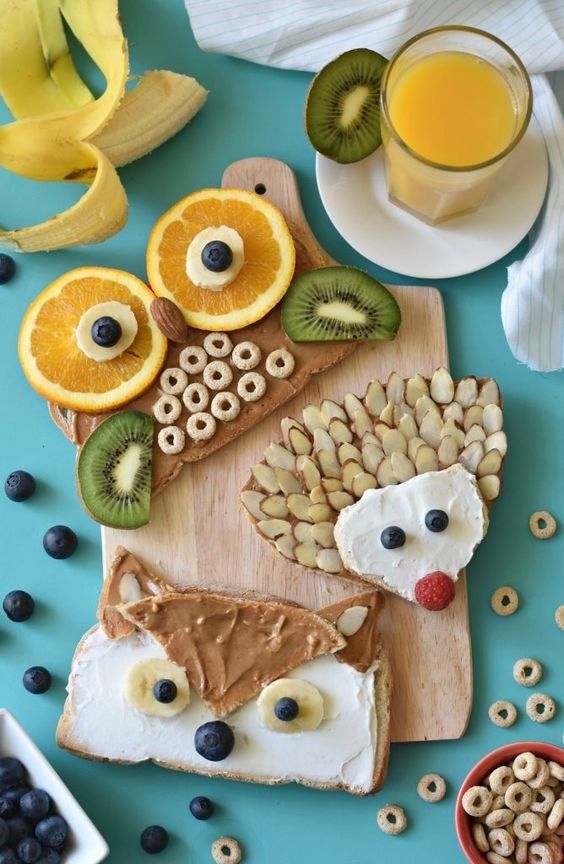 This is important for maintaining a normal weight.
This is important for maintaining a normal weight.
If there are too many carbohydrates, they will turn into a fatty layer
Photo: Dmitry Gladyshev / Network of city portals (infographics)
Share
are set individually, taking into account the age, physical development, health and taste preferences of the child.
When choosing protein products for school meals, experts recommend giving preference to lean meat (beef tenderloin, veal, chicken breast and turkey breast, rabbit), but you can eat any fish - the one that you like best, because any fish has healthy fats .
The cooking method plays a big role. Regardless of whether the child has weight problems or not, it is better to cook, stew, bake, steam or in a slow cooker food. Try to use less vegetable oil and a frying pan. In cooking, you can use natural seasonings, salt in moderation (or soy sauce) or prepare homemade sauces: with lemon juice, with tomato paste or tomatoes, on kefir or yogurt with greens.
— It is better to divide dairy products into two groups: quality and dessert. High-quality “milk” includes those products that contain more protein, less unnecessary fats and sugar: cottage cheese up to 9% fat, sour cream up to 20%, cream, kefir, unsweetened yogurt, cheese, explains Irina Pyshnaya. — Dessert dairy products — sweet yoghurts, curd mass 23% fat, curd glazed curds with milk fat substitutes. The amount of these foods in the diet should be controlled, like sweets.
As for eggs, it is better to eat them no more than once a day, as this is not an easy product, and the issue of its content in the diet is decided individually. The method of preparation also matters - it is better to boil than to fry in a pan in vegetable oil.
Another important component of children's and adolescent diets is carbohydrates. And their most faithful sources are porridge. Choose those that saturate for a long time: buckwheat, oatmeal, millet, barley, barley, bulgur, brown, brown, wild rice. And read our review about the benefits of different types of cereals.
And read our review about the benefits of different types of cereals.
- More useful is brown, unpolished, wild rice, which retains its shell. It is rich in vitamins of groups B, PP, E, carotene, silicon. In addition, rice also contains lecithin and does not contain gluten, which is important for those who have an intolerance to it. Also, it is not in buckwheat porridge, which is considered a good source of proteins and carbohydrates, contains B vitamins, zinc, iron, copper, magnesium and calcium, explains dietitian Irina Toropygina. - But you need to understand that porridge is not a side dish, but a separate product that is better not to be abused. It is desirable to use it in the morning, for breakfast. Porridge can be consumed several times a week, preferably on days of physical activity. Because these are carbohydrates, and in order to spend them, some kind of load is needed. For breakfast, you can combine porridge with protein - yogurt, cottage cheese, cheese.
Irina Toropygina — dietitian of the highest category, specialist in DNA testing, areas of work: diagnosis and identification of the causes of overweight or underweight, development of an individual diet for the treatment of obesity and overweight, nutritional support for various eating disorders.
Do not forget about fruits in the children's diet. Take the ones that the child likes, but consider their number.
Fruit maximum for each child - 250 grams per day
Photo: Dmitry Gladyshev / Network of city portals (infographics)
Share
— Fruit is sugar. Sugar is a provocation of the pancreas to release insulin. The more sugar in the diet, the more frequent the release. The more likely it is to acquire a state of insulin resistance, including those extra pounds. Part of the unused energy sugar, neatly “decomposed” by insulin into cells, turns into fats and is stored in reserve,” says Irina Pyshnaya. - Among vegetables, it is worth focusing on fresh vegetables - more "complex" fiber.
All the vegetables listed here are the best source of fiber
Photo: Dmitry Gladyshev / City Portal Network (infographic)
Share
— Let's start with the fact that compote can be prepared in different ways. You can use sweet syrups for cooking, add a glass of sugar there, and then compote or fruit drink will not be inferior to juice in terms of calories and insulin response. Therefore, if you prefer compotes and fruit drinks for your child, cook them correctly! As little sugar as possible in the recipe, as many fresh berries or dried fruits as possible. And then you can definitely say that you are giving a healthy drink, - says Irina Pyshnaya.
You can use sweet syrups for cooking, add a glass of sugar there, and then compote or fruit drink will not be inferior to juice in terms of calories and insulin response. Therefore, if you prefer compotes and fruit drinks for your child, cook them correctly! As little sugar as possible in the recipe, as many fresh berries or dried fruits as possible. And then you can definitely say that you are giving a healthy drink, - says Irina Pyshnaya.
Juice is also different: packaged and freshly squeezed. Both of them are sugar. A glass of freshly squeezed juice (200 ml) contains the juice of at least four fruits, and a glass of packaged juice contains fruit concentrate and sugar, equal in amount to that of natural sugars in freshly squeezed juice. In both cases, the amount of sugar is large. Just think: even an adult cannot afford to eat four oranges at a time, but drinking their juice (sweetness) in one gulp is easy! Be careful: for a child, a glass of juice for the day is for the eyes. It is better to give it every other day or once a week, so as not to provoke the taste buds to get used to the sweet taste, and the pancreas to a sharp release of insulin.
It is better to give it every other day or once a week, so as not to provoke the taste buds to get used to the sweet taste, and the pancreas to a sharp release of insulin.
According to the sanitary and epidemiological requirements, the same foods cannot be repeated in the school ration on the same day or in the next two days. When the child is in school, it may still be possible to do this, but if it is distance learning, it turns out that parents need to cook different meals every day. But the set of necessary products is relatively small. To make it easier for adults to organize the child's nutrition, it is enough to always keep a minimum supply in the kitchen: meat and fish in the freezer, cereals, vegetables and fruits, fresh dairy products and eggs. And get ready to make preparations.
— Cut fish, meat into pieces of 100-150 grams. Put them in separate bags (you can make cutlets) and freeze. In this case, getting one piece of meat (cutlet), putting it in a double boiler and preparing a fresh dinner for the child will not be difficult, recommends Irina Pyshnaya. - Cereals and vegetables just need to be in the kitchen. Their preparation does not take much time. If desired, you can also make preparations for soup or second courses with vegetables (fried vegetables - frying or sauce, dressings for soups).
Different serving of dishes will help to expand the diet. For example, one day for breakfast you serve a boiled egg with a whole grain bread sandwich with vegetables, herbs and a piece of lightly salted salmon. The next day, you also lay an egg in the basis of breakfast, just cook an omelet with milk, mushrooms and green beans. The list of products is slowly growing, the diet is becoming more diverse. Don't take on everything at once. Start small and gradually build up the pace. If the child’s breakfast is strictly defined (porridge or a boiled egg with a sandwich), leave it as he likes. Get busy with lunch and new soup recipes. One new soup recipe a week will be enough. As soon as this recipe takes root in the main menu of the child, proceed to the next one.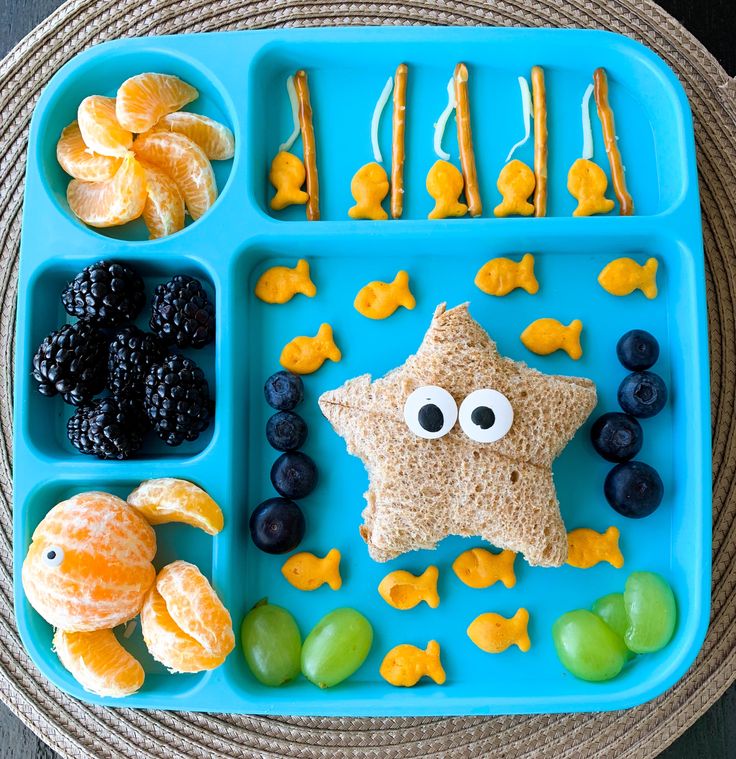
It would be ideal to get the school menu in hand and prepare homemade meals based on this information. But in most cases this is not possible. So parents have to move blindly. But you can always talk to your child and find out what they had for lunch at school, and adjust as you go.
- Ask him what he eats from the school menu and write it down. Often there is a situation when a child eats either one or the other. For example, "I eat breakfast, I don't eat lunch." “I eat buckwheat, but the cutlet is tasteless.” Or "I'm eating sausage, and the pasta is stuck together in a lump." “I drink tea, but I don’t eat a bun - I’m on a diet.” This information, firstly, will help you get to know your child better - this is never superfluous. You will learn about his taste preferences: what he recognizes and what he does not. And based on these data, you can adjust the home menu so that the overall diet is complete and balanced. For example, if you tracked that the child categorically refuses to eat meat at school, add it to the home menu.